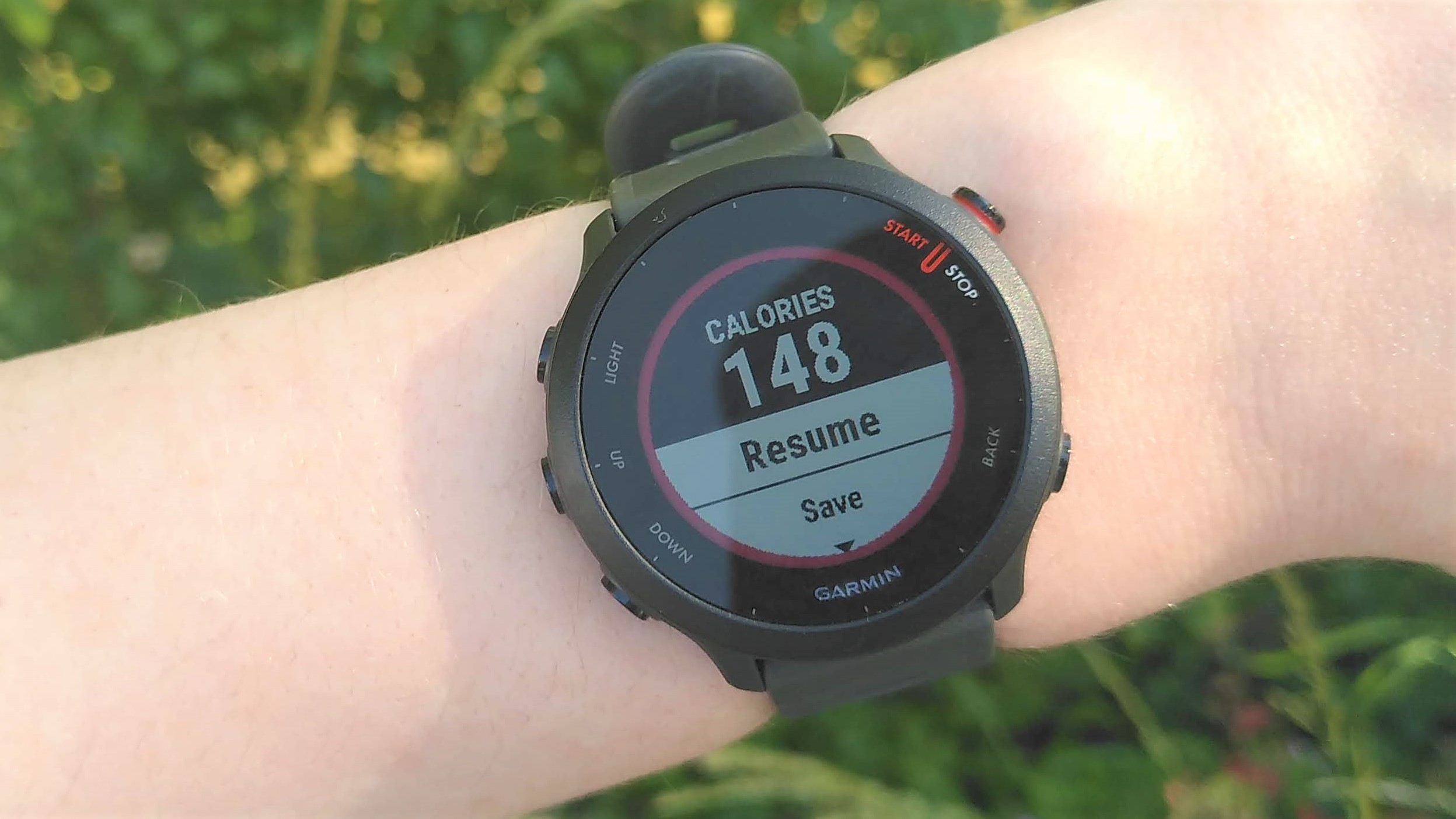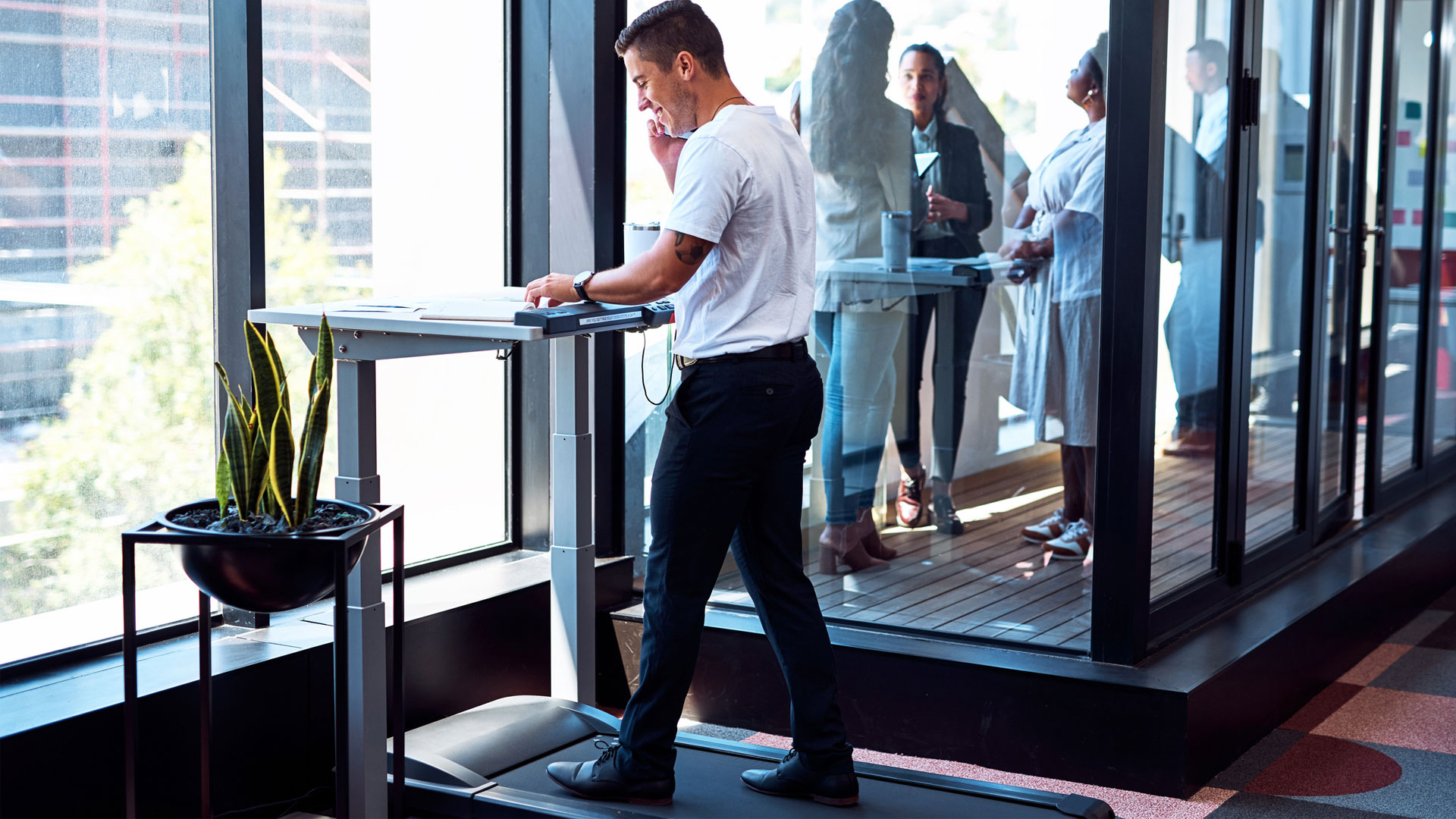It might sound too good to be true, but it’s not only possible to lose weight by walking only, but it’s one of the ways to drop weight sustainably. Most people will recommend running as the best way to lose weight with cardio, but they often don’t take into account crucial details, such as running’s impact on the joints of heavier people.
For those who are just starting out on their fitness journey, walking offers a low-intensity, low-impact alternative to running, which can help newcomer exercisers to stay on track, which is the most challenging part of getting fit. Not to mention, your walking experience can be further enhanced by the right equipment, whether it’s a dedicated walking treadmill (check out one of our best under-desk treadmills or scroll down for more) or a wearable such as the best fitness trackers.
Studies have shown (opens in new tab) that individuals who walk more tend to be thinner than those who walk less. Of course, people who walk more also have a healthier lifestyle, generally speaking, than those who are sedentary, but it is true that moving around helps boost metabolism and improve cardiovascular performance, even if it’s ‘just’ walking.
When we talk about walking as a weight loss tool, we aren’t talking about leisurely strolls, more like the brisk walking variety, which speeds over 3mph. This relatively fast walking pace challenges the cardiovascular system just the right amount – not as much as running, but more than casual walking.
Imagine walking to an appointment you’re slightly late from; not so much that you need to rush, but late enough that you feel the need to walk at a faster pace. That’s the speed you’re aiming for. And although we mentioned 3mph as a rule of thumb above, a brisk walking pace might differ from individual to individual. Those carrying a large amount of body weight might find it challenging to keep even a slower pace, which in turn will increase their heart rate.

Track your heart rate right with a fitness watch, such as the Garmin Forerunner 55
Wearing a running watch or fitness tracker with a built-in optical heart rate sensor can help you monitor the ebbs and flows of your cardiovascular system when you exercise. Most modern running watches, and definitely the best Garmin watches, have accelerometers and GPS chips to accurately keep track of your movements indoors and outdoors. They can also log your workouts; seeing the progress you’ve made so far can be a great motivator to keep going.
Contrary to what you might think, running watches don’t have to be expensive either. The beginner-friendly Garmin Forerunner 55 can do everything mentioned above (e.g. heart rate and GPS tracking etc.), and it can also monitor sleep, stress, energy levels and more. If you’re looking for something less intimidating, try the Fitbit Luxe; this dainty fitness tracker can effectively monitor your fitness efforts without making you look like you’re trying too hard.

Don’t let the weather stop you from going outside: Get a walking treadmill
It’s easy to find excuses not to exercise, one of the most popular of these being, ‘it’s raining outside; I can’t go for a walk now!’ Luckily, there are ways around this issue, and it doesn’t even cost much. Walking treadmills – sometimes also called under-desk treadmills as they are often used with standing desks – provide a cheap alternative to full-sized treadmills, with the small caveat that they can only be used for low-intensity workouts – exactly what we need them for!
Walking treadmills such as the excellent Bluefin Fitness Task 2.0 can cost little more than $250/£250 and usually take up little enough space so you can push them under the sofa or the bed when not in use. These slimline walking machines make it possible to walk all year round without getting wet, helping you stay on track with your walking workouts and, therefore, your weight loss regime.




